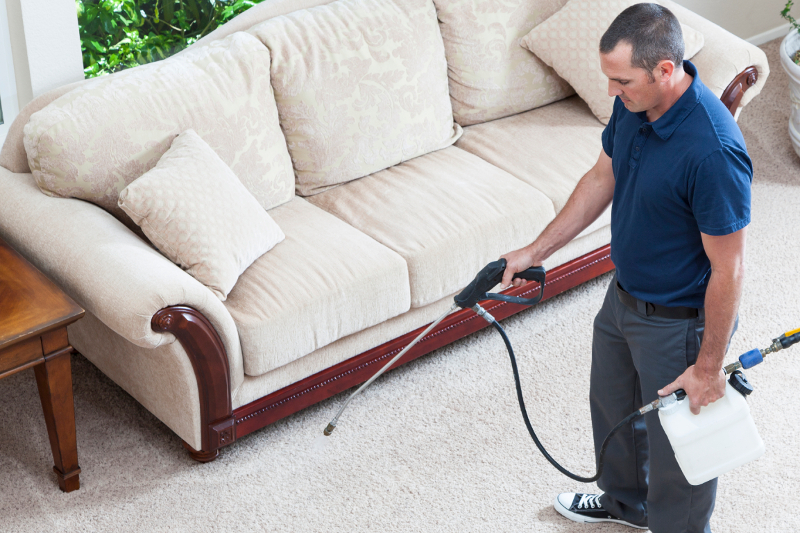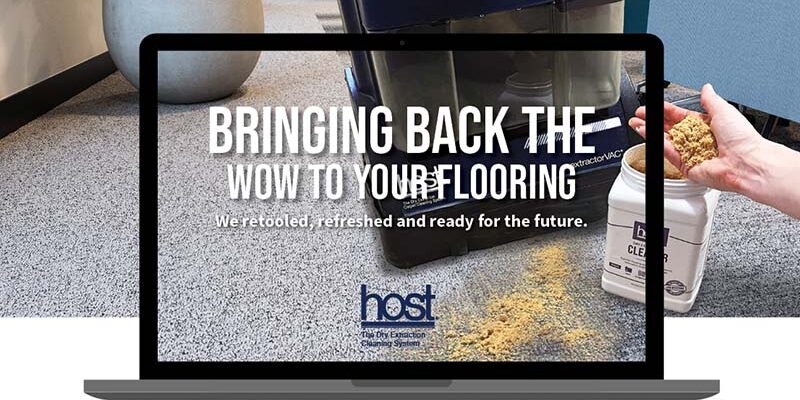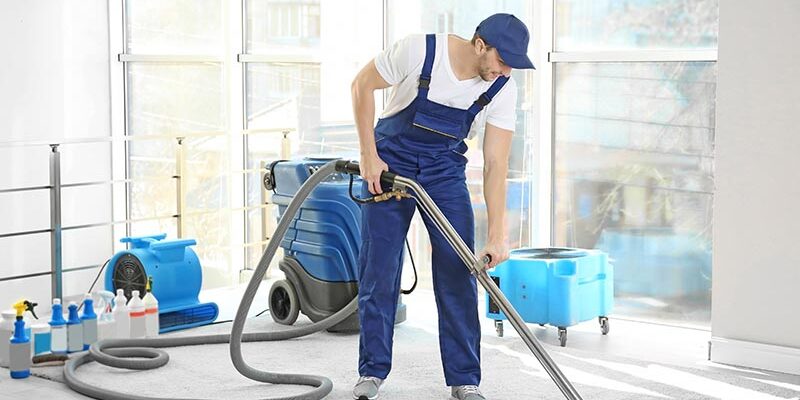Getting Prepped for Presprays

Ask three different carpet cleaning technicians what is the most important tool in their carpet cleaning arsenal, and you are likely to get four different answers.
For sure, some techs will say it’s the machine. Without a powerful and effective extractor, you can’t get to first base in quality carpet cleaning. Others may say the wand is key. Often undervalued and underappreciated, it is true that wand technology has come a long way in the past few years.
Without question, these new technologies make carpet cleaning more effective and faster and allow the carpet to dry faster. However, many techs will say it’s not the machine; it’s not the wand; it’s the prespray that is the real workhorse when it comes to carpet cleaning.
As a manufacturer of carpet cleaning equipment, I am certainly not going to say the machine and the wand are not essential to effective carpet cleaning, but I would be wrong in not placing prespray on a very high pedestal.
As trained carpet cleaning technicians know, about 80 percent of the soil in carpet is dry and best removed by effective vacuuming. It is also one of the reasons I always instruct techs to remember to vacuum carpet first before cleaning. Getting those dry soils vacuumed up helps the extractor, the wand and the prespray work more aggressively, dissolving and loosening soils so they can be extracted.
But invariably it’s that other 20 percent of the soil — usually made up of grease, oil, food and drink spills, ice melt in winter, pet accidents, etc. — that results in a call from our customer. Vacuuming won’t help, and agitation and flushing with water may remove some particulate soils but not enough to please you or your customer.
For these soils, we need to use the right prespray and use it correctly.
Using presprays
Presprays are typically a combination of surfactants and solvents, according to Scott Warrington, director of technical support at Interlink Supply.
These are the ingredients that help break up and dissolve the problem soiling we just mentioned. Some presprays also include specialized polymers, encapsulating surfactants and sequestrants and alkaline builders, which can all help in removing soils, leaving carpet clean and healthy, and reduce drying times.
The type of prespray used depends on the soiling conditions you are dealing with as well as the fiber and construction of the carpet. Some presprays are even formulated for different types of cleaning situations, says Warrington, such as cleaning restaurant carpet to remove oils or carpet that has essentially been “trashed” by pets or otherwise damaged.
Apply the prespray with an in-line injection sprayer, a pump-up sprayer or a battery-operated sprayer. A recommended routine is to first prespray the most soiled areas of the carpet and then prespray the other areas of the carpet in the room or area about to be cleaned.
Do not apply prespray so far ahead that it dries. While the cleaning solution does need to dwell on the carpet for a few minutes, the prespray is most effective when removed while it is still wet.
However, drying can and does happen. If it has dried, do not reapply the prespray, advises Warrington. Only reapply if problem soils are still present after extraction. After drying, the best bet is to rewet areas where the prespray has dried and then extract.
In very serious soiling situations, another option is to prespray the carpet and then go over the carpet with a cylindrical brush machine, or if not available, a carpet rake. What this does is add extra agitation, and as we know, agitation is one of the four key components of effective cleaning.
Bring on the extractor and the wand
The prespray has done its job. Now it’s an effective carpet extractor and wand that are needed to finish the job. Not to add to the controversy, but one of the issues that often comes up is whether to use a hot-water carpet extractor or not.
Cold-water extractors can do an excellent job. But when dealing with serious, problematic soiling, a heated machine will likely provide the extra “oomph” necessary to remove soils. Using a recycling carpet extractor can also help because it allows the user to spend more time actually cleaning problem areas and less time emptying and refilling with water.
The wand should provide the needed agitation to clean the carpet, but controlling and minimizing the amount of water applied to the carpet is important as well. Our goal is for the wand to not only “flush clean” soils, but also remove enough moisture so that the carpet dries as quickly as possible.
When you look at it, it’s not just the extractor or wand, or even just the prespray, which is key in effective carpet cleaning. One cannot work and work well without the other two.
So, ultimately, the answer to our initial question — “What is the most important tool in carpet cleaning?” — has to be a combination all three.
Doug Berjer has written extensively on cleaning, carpet cleaning and water conservation issues. He is now regional manager with CFR, Continuous Flow Recycling extractors and Tornado Industries. He may be reached via his company websites at www.cfrcorp.com or www.tornadvac.com.












